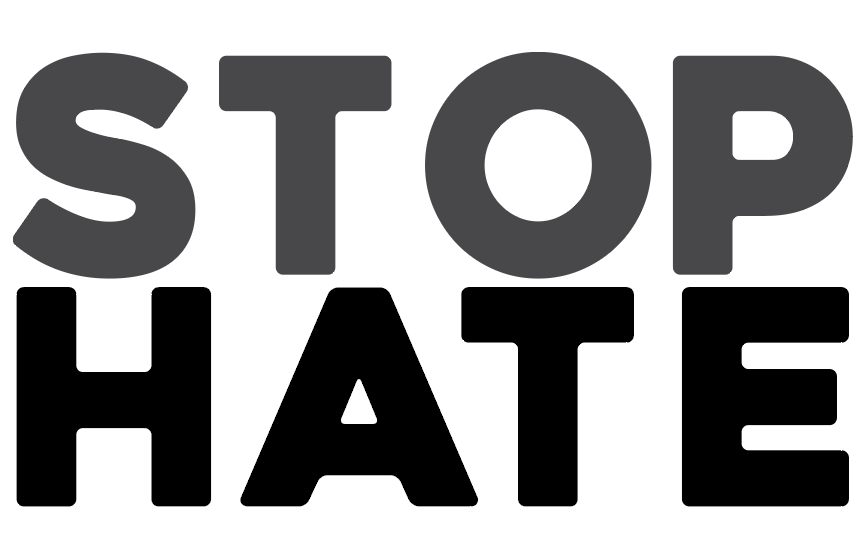Stop Hate
Following the derogatory vandalism of school property, students, staff & administration reflect on the incident and hate in schools.
Despite the slow but steady increase of inclusivity at Blue Valley, many people still feel an underlying sense of hatred at this school. As shown by the recent vandalism of the BV football stadium’s press box, even our own school is not safe from hateful speech and imagery of all kinds. Unfortunately, this hatred goes beyond speech and images. It affects Blue Valley students, especially those who were targeted by the vandalism. Read on to learn about the reactions to the vandalism and the BV community’s experience with other acts of hatred and bigotry.
Personally Attacked
Typing the words “Blue Valley High School” into a search bar doesn’t bring up news articles about sports games or student achievements but rather contains headlines detailing the recent vandalism case.
Following the hateful actions displayed on the press box, many minority students felt personally attacked, including senior Natalie Goldman, junior Aliyah Haq and sophomore Hannah Gold, for whom the incident didn’t come as much of a surprise.
“[My first reaction] wasn’t about how the school got vandalized, it was just ‘Oh, it’s another one,’” Gold said. “That shouldn’t be the first thing we think of, but it was the first thing that I thought of.”
Goldman believes only a small percentage of people have such extreme opinions.
“I just can’t believe people in our community actually have those thoughts,” Goldman said. “I know it’s a minority of people who believe those things, but it did lower the image in my head of BV.”
Though her initial reaction wasn’t one of shock, it did have a detrimental effect on Gold and many others.
“It definitely hurt me,” she said. “I thought, ‘How can I go to this school that I’m supposed to feel accepted and safe at for something that I can’t control and then hear and see the things that were all over the vandalism?’”
Haq didn’t realize the severity until later, but the initial reaction it instilled in her was severe. She described the district’s response to hate as “minimalistic” and “brushed under the rug.”
“I felt really on edge — I was very unsteady about it and concerned for my own safety, as well as my friends’,” she said. “It was really a shock.”
Gold has seen this event substantially affect the people around her as it became the central topic of many discussions.
“We all pretty much had the same unsurprised reaction,” Gold said. “It was definitely a big fear to go back to school, but after we talked through JSU, youth groups and one-on-one meetings, we realized that instead of letting them take control, we needed to fix this by standing up for ourselves.”
Gold has already taken initiative to do so with the school.
“We had a conversation with some of the administrators, and we worked out why we think that having an antisemitism program to help limit it was a great idea,” she said. “We tried to figure out how we fix antisemitism and help spread awareness without spreading it to the wrong group.”
Gold emphasized this has not only had a large impact on the Jewish community but on other groups as well.
“I reached out to as many people as possible to try and make sure they were OK even if they didn’t go here because I knew this is something we all fear, whether or not you’re Jewish,” she said. “If you’re in a minority, it’s always a fear that you can get attacked or somebody can attack you.”
With the profound consequences the vandalism had, Gold believes the charges brought against perpetrators weren’t enough.
“They weren’t charged with a hate crime, but personally, [I believe] they should have been,” Gold said. “They were joking about it, and it’s like they looked at a clipboard and asked themselves, ‘Did we get every slur possible? Did we affect every minority we could?’”
Gold said taking measures to prevent hate in schools is something that needs to happen.
“Instead of letting this affect us, we need to [take action] in order to fix it without making it yet another event with antisemitism,” Gold said.
With hate in schools being such a prevalent issue, Goldman believes more actions need to be taken to prevent hatred.
“I feel like people who the vandalism affected are really good at [being] resilient,” Goldman said. “It’s very important to educate people and talk about [what happened].”
Moving forward, Goldman would like to see a few things done differently to bring awareness to hate in schools.
“It would be nice to have assemblies to educate [people] about different cultures,” she said. “There [was] an assembly about Black History Month, and I would love to see one for Jewish American Heritage Month.”
Haq feels more could have been done to support students during the time of unrest and hatred in the school.
“I myself have had physical encounters because of my race or my religion,” she said. “Even though the school is like ‘Hey, we’re here for you,’ I feel like they didn’t really do as much as they could reaching out to us.”
Goldman believes it is important to not only familiarize students with different cultures but to have challenging conversations with friends and family.
“Just keeping your friends in check — if your friend says something that doesn’t sit right with you, say something,” she said. “Think about something before you say it.”
Breaking Boundaries
The responsibility of addressing circumstances like that of the recent vandalism weighs heavy on English teacher Amanda Durnal, being a parent of future BV attendees and avid community member.
“It’s hurtful,” Durnal said. “The things written offend some of the students I care about most. The mama bear in me wants to protect my students like I would my own children, so when things happen and I’m reminded that I can’t protect them from those outside forces, it’s unnerving — it makes me upset.”
When addressing these topics in a classroom, Durnal feels limited in what she is able to discuss.
“The teaching environment right now is a little heated,” she said. “There are people that aren’t in education that want to over-regulate how we teach [and] what we teach and put limits on conversations we can have in classrooms. It’s happening in our building, it’s happening in our district, and in my mind, it’s limiting our abilities to make sure these things stop happening.”
Nevertheless, Durnal strives for transparency with her classes in hopes of allowing her students to feel seen and supported.
“I did talk about it with each of my classes and I said, ‘I can’t speak for the offenders, but I personally would just apologize to you that there’s going to be people who attack your identity, race and religion,’” she said. “This is one of those situations where we are forced to be resilient, and I’m here to help them navigate.”
Durnal encourages those continuing the BV legacy to reflect on their role in bettering the community.
“[For] my underclassmen, [I give] them the challenge that they’re about to be upperclassmen and have a chance to influence a new class coming in next year — people are going to look up to them,” Durnal said. “[To] my juniors, you’re about to run this place — what is it going to look like? What can be worked on? How can you help us be better?”
Durnal prioritizes displaying respect to all facets of her students’ individuality.
“I’m a teacher who feels obligated to honor every student’s realistic identity,” Durnal said. “It’s not my job to judge them or to have an opinion about who they are.”
How the voices of the BV community are used in times of adversity, however, are controllable.
“Vandalism is a breaking of a boundary,” she said. “It’s supposed to be a safe place — it’s supposed to be a community. Anytime I see that boundary come down and my students are at the end of it, I feel it necessary to say something and challenge them and myself to do better.”
Addressing the Effects: A Letter From the Principal
Every day when I walk into the building, there is a reminder of who we want to be as a school.
Our mission statement, “Dedicated to high levels of learning for all,” is followed by several vision statements; the one of which is “a safe and welcoming community that develops positive relationships with and among students.
Following Mr. Bacon, I felt the place to start this year was with our dedication “to high levels of learning for all”; I imagined in 2024-25 we would make our way to a “safe and welcoming community that develops positive relationships with and among all students.” January’s vandalism changed that timeline.
Since January, my work has increasingly been directed toward community-building, which is central to the work going forward. Fortunately, BV is surrounded by families and community leaders willing to help us as we strengthen our focus on who we want to be, and how we want to be known as a school. In the weeks ahead, I will be meeting with students and families who represent historically marginalized groups — students of color, LGBTQ students, students from various religious communities, students with disabilities, and more. These meetings will have two goals. Because I’m not in their shoes, I need to listen and try to better understand their experiences. In each of these meetings, I’ll be looking for students and parents to serve on a task force committed to realizing our vision of a “safe and welcoming community” for all. Regardless of our experiences and beliefs, we can — and should — hold ourselves and each other accountable to being kind.
If you’re someone whose identifiable group was targeted by any of the statements in January’s vandalism — or by what happens in our school on a daily basis — please understand you’re not alone. An attack on one of us is an attack on all of us; and many of us have already committed ourselves to standing alongside you.
Where will we go next? Over the next two years, the task force will focus on transforming school culture so advocates and bystanders alike will feel empowered to join together and purposefully make it uncomfortable for those who make aggressions on each other — not to belittle or demean or humiliate anyone, but because we want everyone to grow out of harmful behaviors. That’s what we do in education.
Sadly, hate and hateful acts are still capable of manifesting themselves and having a harmful impact on our community. People talk about the “Johnson County Bubble,” but truly there is no bubble. Racism exists, and human history is filled with oppression and marginalization. These problems are inescapable and timeless.
But we have a choice. We can go along with the current in which we float and accept things the way they are, or we can resist the notion that things are “good enough” now, that
the problem is not “big enough” now.
Collectively, all of us in this school community have an opportunity to help people grow. That’s what school is about — helping people grow. On that note, one of my mentors recently reminded me of something we both picked up from Dr. Todd White, who was BVSD’s superintendent before Dr. Merrigan: “As community members we must always be looking for ‘the crisis’ that we can turn toward some good end. If we miss the opportunity to use each crisis as an opportunity to do good, then we haven’t done as much as we can.”
I’m excited about the future of Blue Valley High School.
-Charles Golden, BV Principal

Isaac Hudson is a senior and one of the editors-in-chief this year. It is his fourth year on staff. He is also the president of BV’s Latin Club, and...
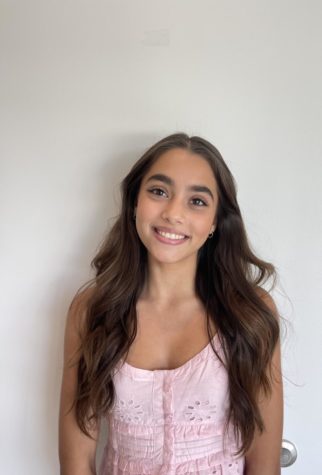
Ayesha Khan is a senior and is Editor-in-Chief. This is her third year on staff. She is also a captain on the Tigerette Dance Team and dances competitively...
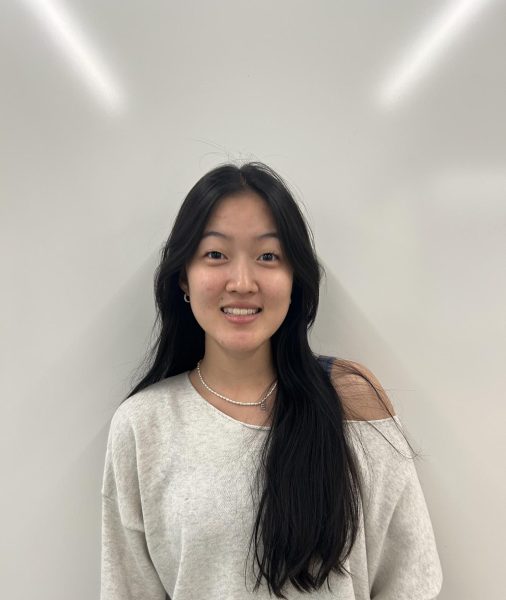
Ella Lim is a senior and it is her third year on staff! She is one of the editors-in-chief this year and spent the previous year as a web editor. She is...
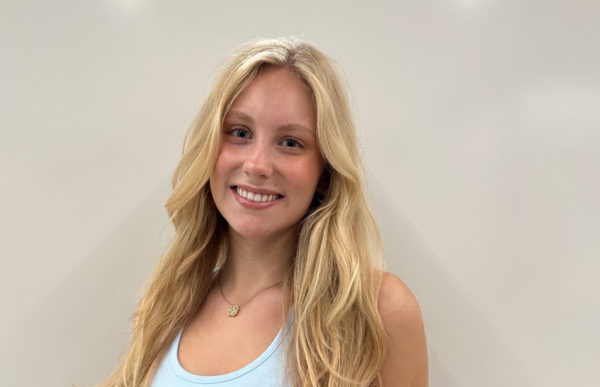
Ava McGuire is the Editor-in-Chief for The Tiger Print. This is her senior year and her third year on staff. Fun fact: Ava has lived in many places throughout...
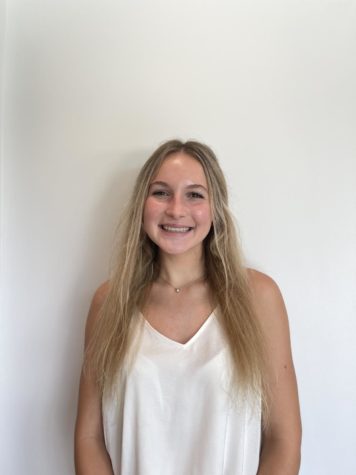
Kylee Thompson is a senior at BVHS and this is her first year on newspaper staff. At school she participates in softball and various clubs such as NHS...
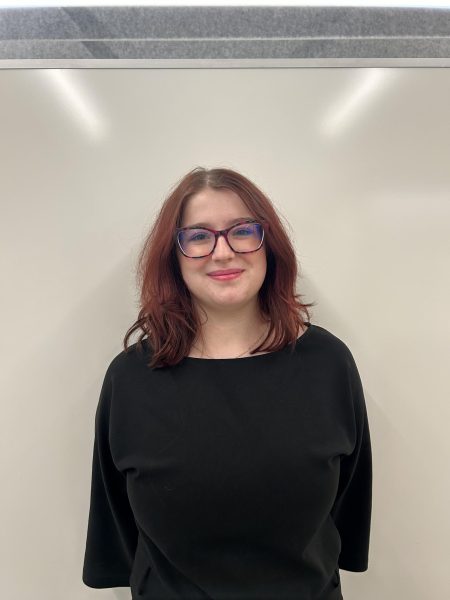
Aspen is a senior staff writer, in her third year on staff. At school she’s a part of Latin Club and Headrush. Outside of school, she likes to play dnd,...
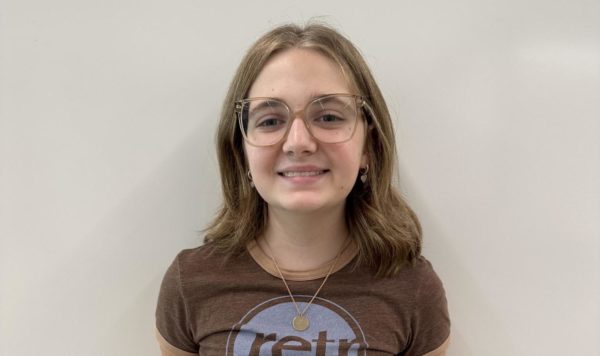
Gaby Ayres is a junior in her second year on the newspaper staff. She spends most of her time reading her bookshelf (sorted by genre) and fawning over...



